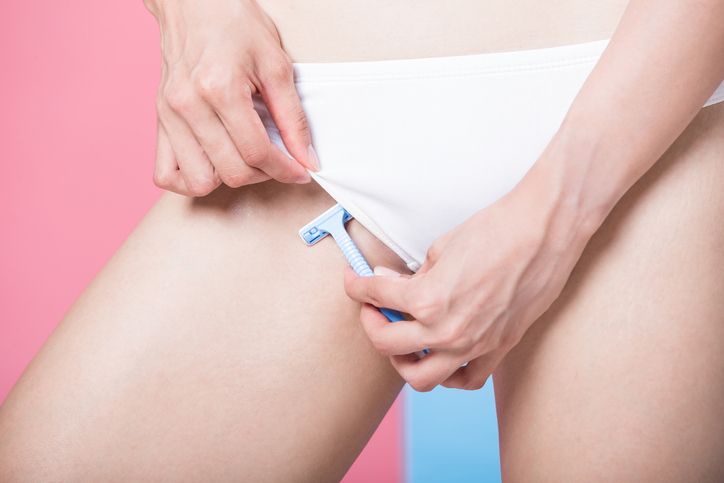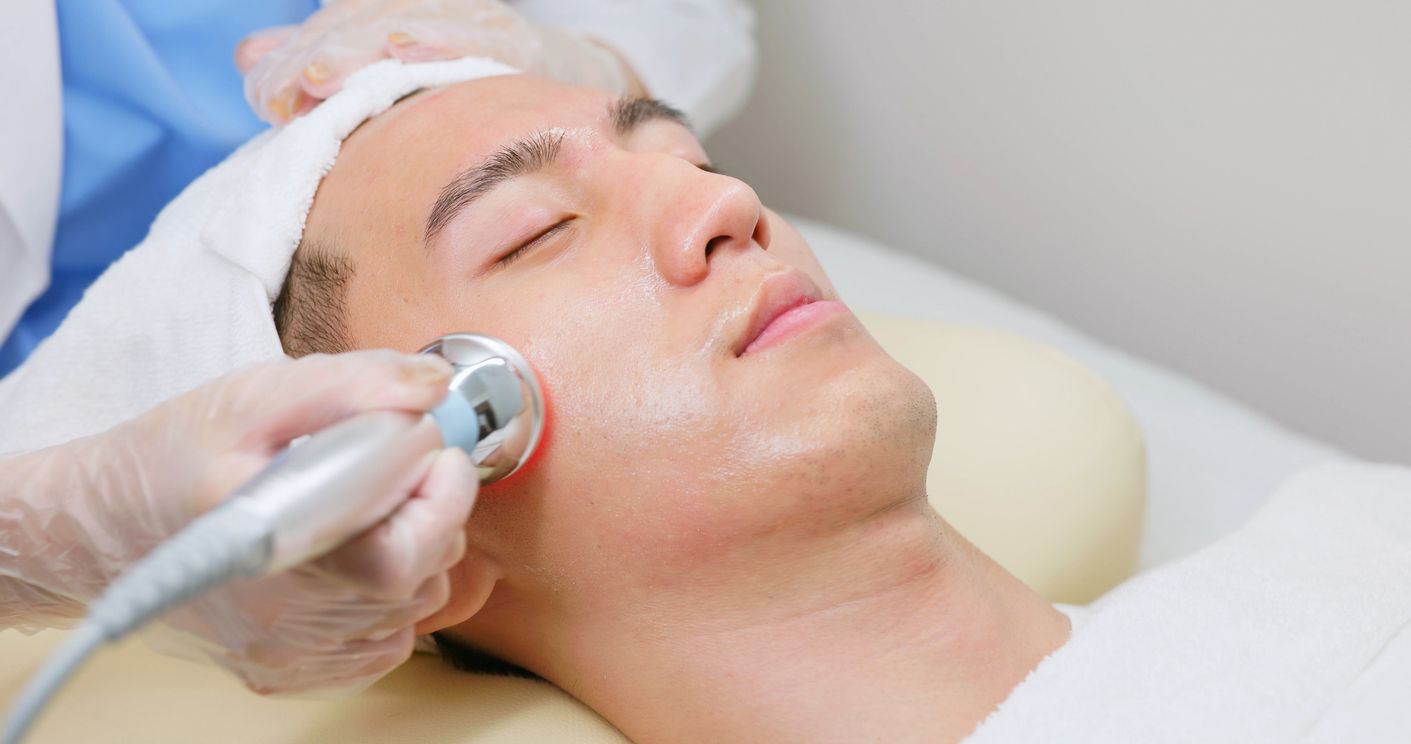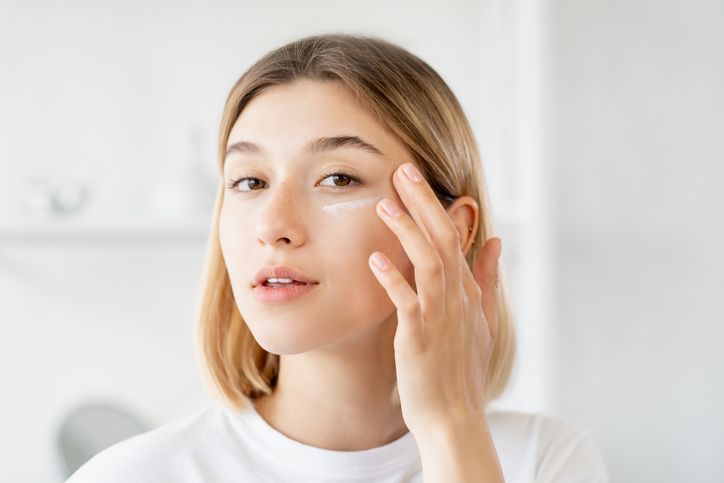- Home
- Trend
- Weight Loss Strategies
- Acne Tips
- Hair Health Information
- Blemish Removal Tips
- Acne Scar Removal Tips
- Muscle Building Techniques
- Intimate Care Tips
- Postpartum Intimate Care
- Eye Bags Wiki
- Tips for Face Slimming
- Secret of Permanent Hair Removal
- Breast Enlargement Tips
- Cure to Snoring
- Marionette Lines
- Skin-Tightening Secrets

免費體驗
Acne Treatment
1 Minute Self-Registration
Date should not be before minimal date
You're not alone in your struggle with acne - it's a skin issue that affects millions of people worldwide. But did you know that there are seven different types of pimples that can appear on your skin, each with its own set of causes and treatments? From comedones to cystic acne, understanding the various forms of acne is essential to finding an effective solution. You'll uncover the surprising factors that trigger breakouts, the diverse range of treatments available, and the simple yet powerful home remedies that can help you regain control of your skin!
1
What is Acne? How is Pimple Formed?
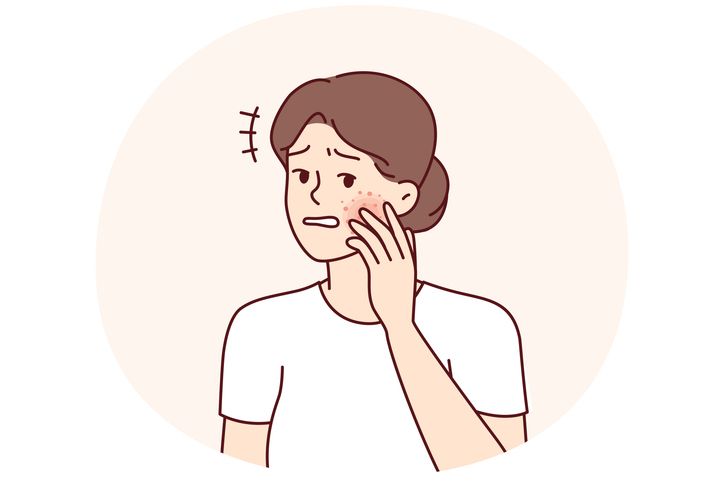
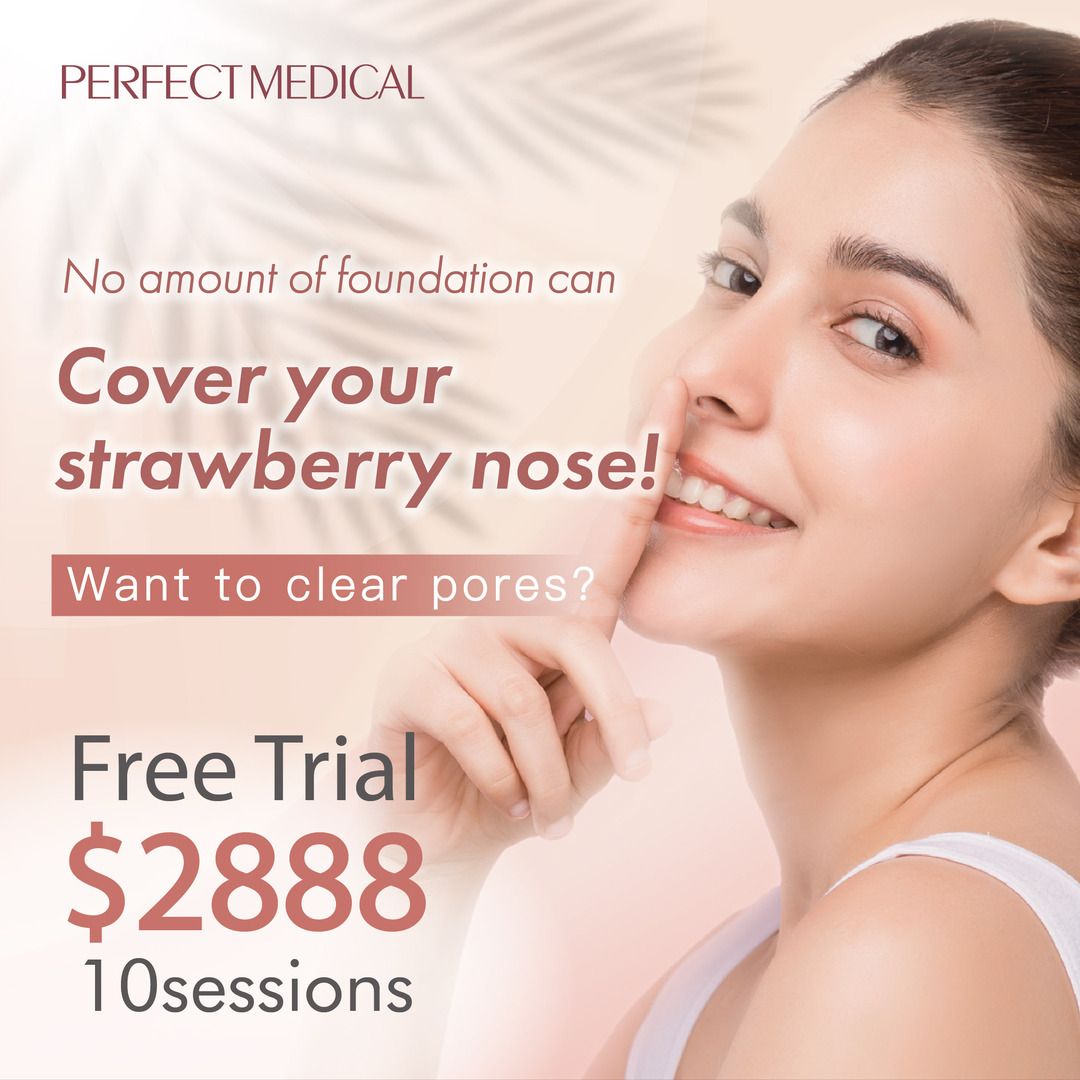
2
Different Types of Acne
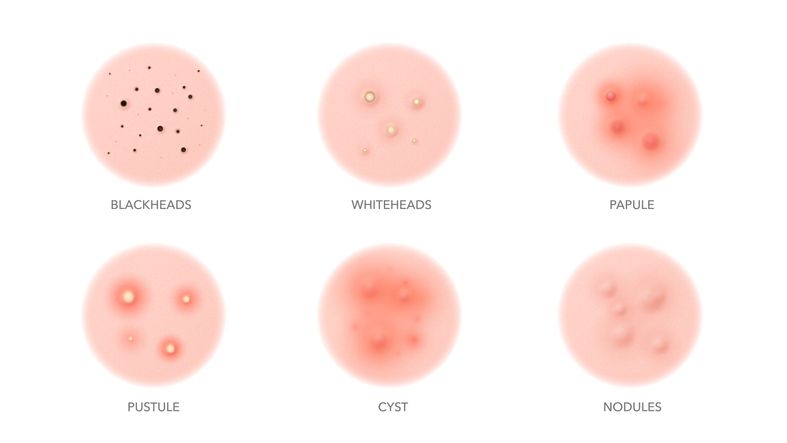
Comedones
Papule
Pustules
Nodules
Cystic Acne
Nodulocystic acne
Hormonal Acne
3
What Factors Cause Acne?
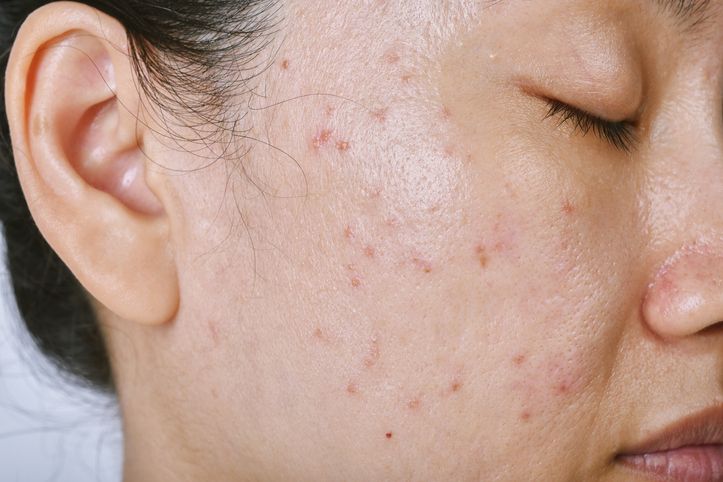
Oily Skin Condition
Slow Skin Metabolism
Teenage Years
Hormonal Changes (Menstruation, Menopause, Pregnancy)
Medical Conditions and Medications
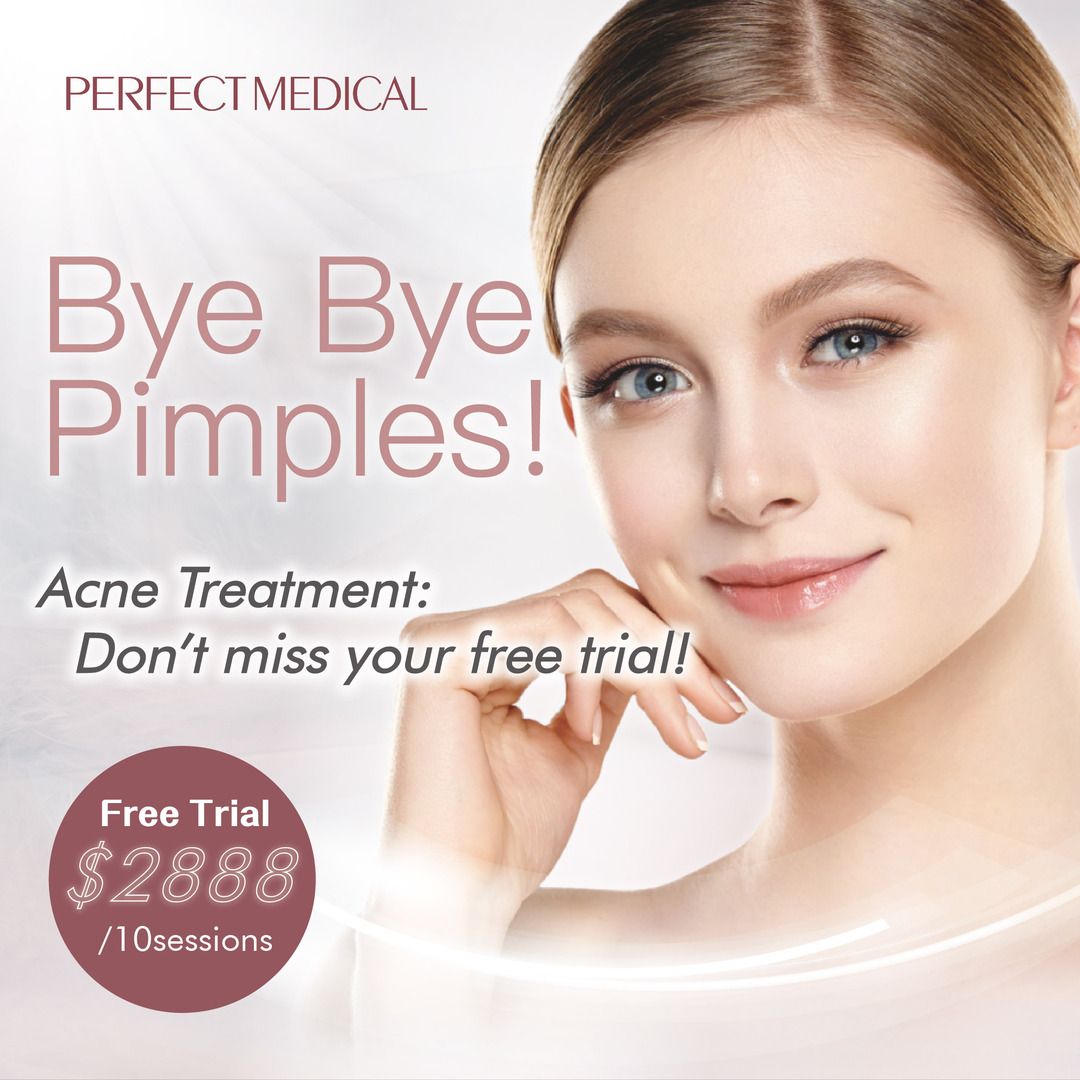
4
Topical treatments for Acne
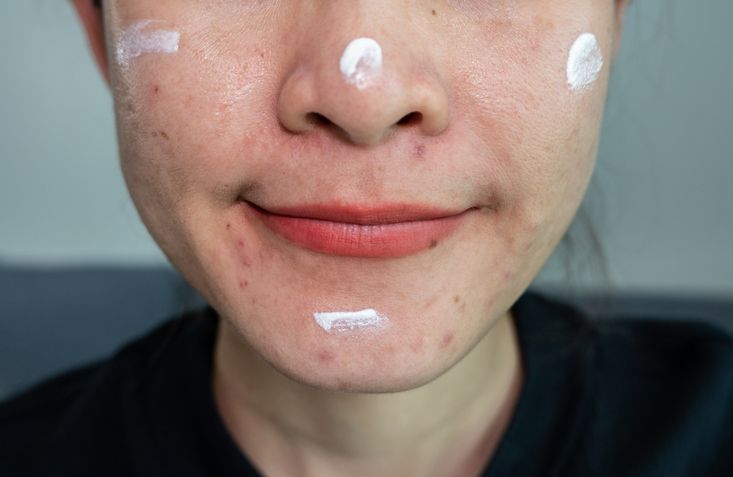
Benzoyl Peroxide
Azelaic Acid
Salicylic Acid
Retinoids
Zinc
Tea tree oil
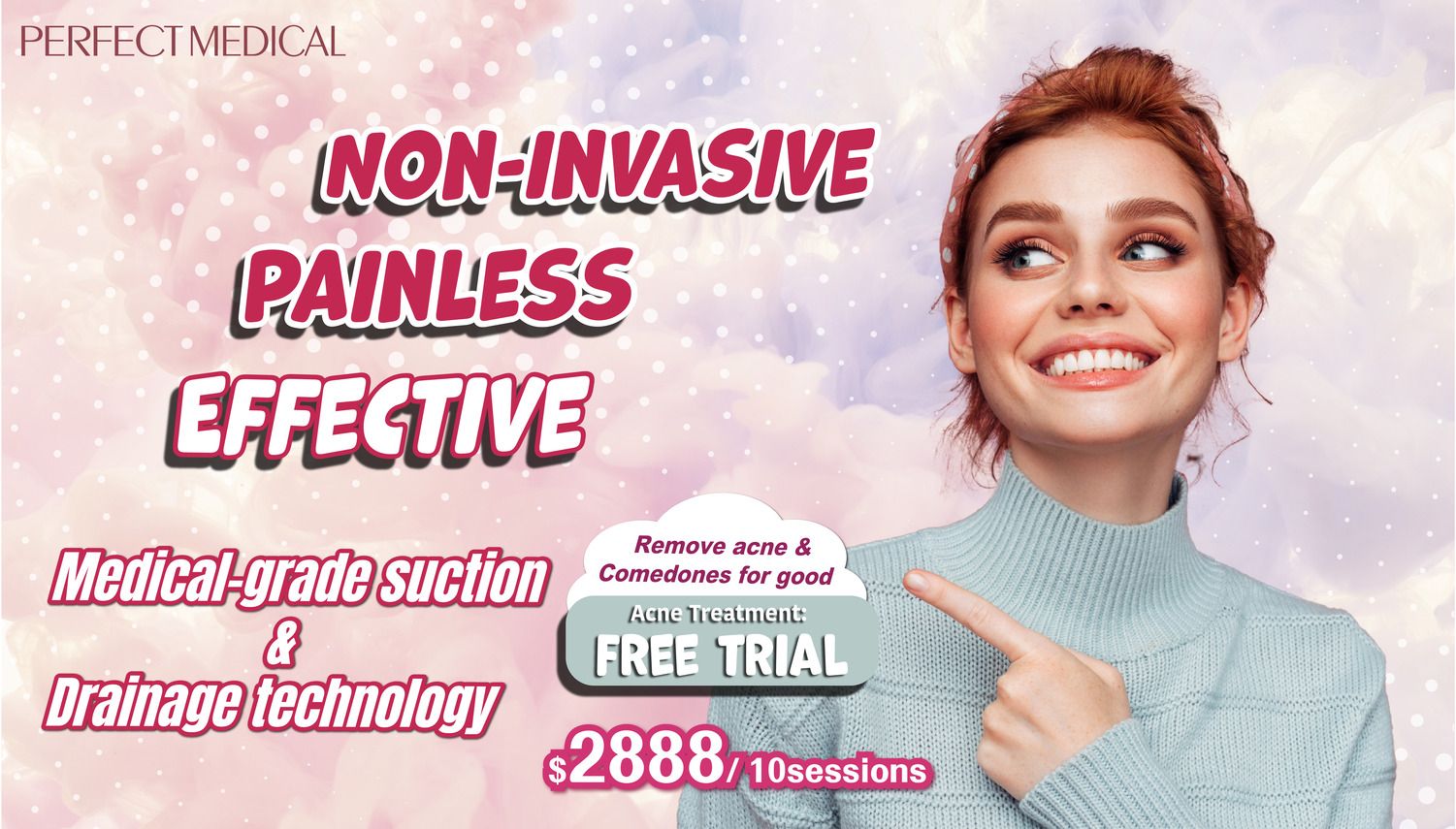
免費體驗
Acne Treatment
1 Minute Self-Registration
Date should not be before minimal date
5
Home Remedies for Acne
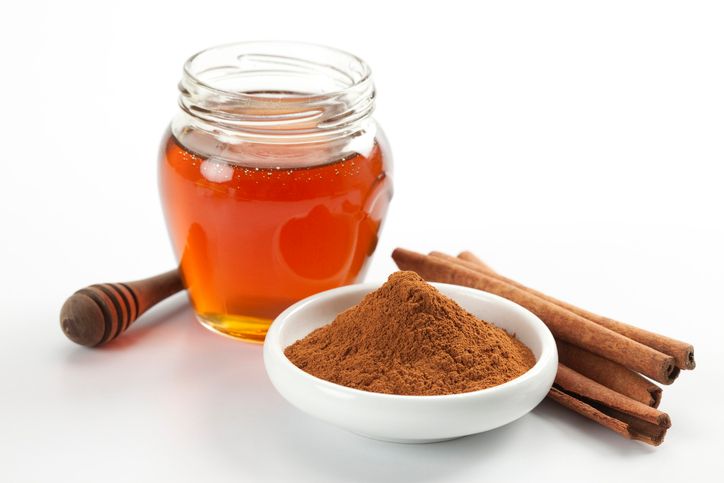
Honey and Cinnamon
Oatmeal and Yogurt
Green Tea and Honey
Tea Tree Oil and Honey
Apple Cider Vinegar and Honey
Aspirin
Egg Whites
Turmeric and Yogurt
Cucumber and Aloe Vera
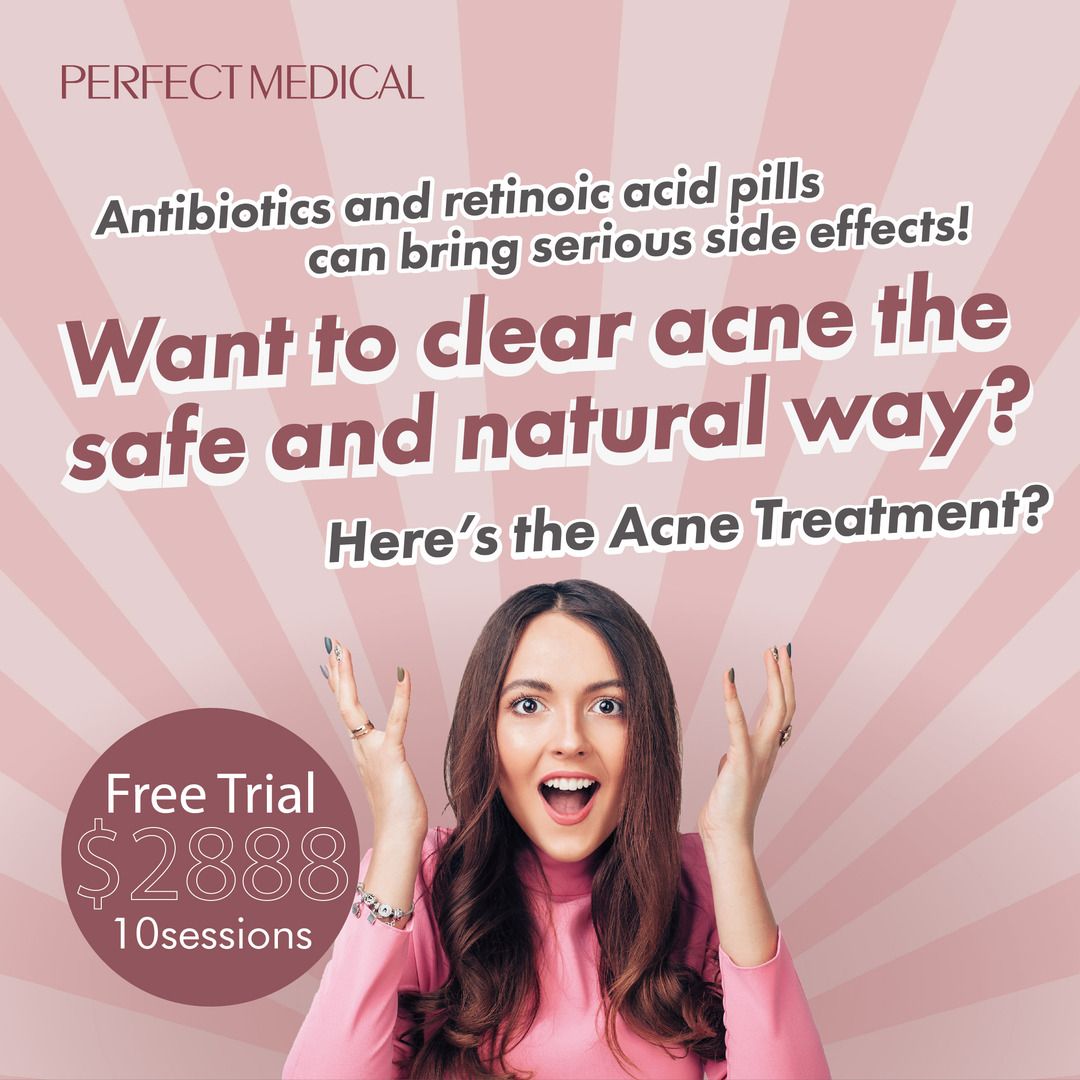
6
Say No More to Acne Breakouts: Perfect Medical's The Acne Treatment!
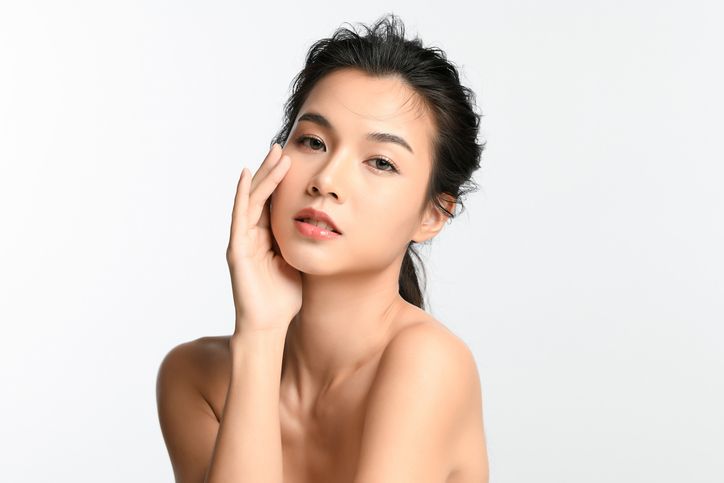
- Oil-Control Powder Foundations: 6 Best High-Value Picks Loved By Users + Complete Usage Guide
- Comedones: 4 Common Causes Of Blackheads And Whiteheads + Is An Acne Needle Effective?
- The 7 Amazing Benefits Of Toner: 3 Key Tips For Choosing The Right Toner!
- Chemical Exfoliation: 5 Things You Must Know About At-Home Acid Peels To Avoid Skin Damage
7
How to Prevent Acne?

Wash your face with a Gentle Cleanser
Moisturize
Wear Sunscreen
Clean Diet
Manage Your Stress
Wash Your Hair
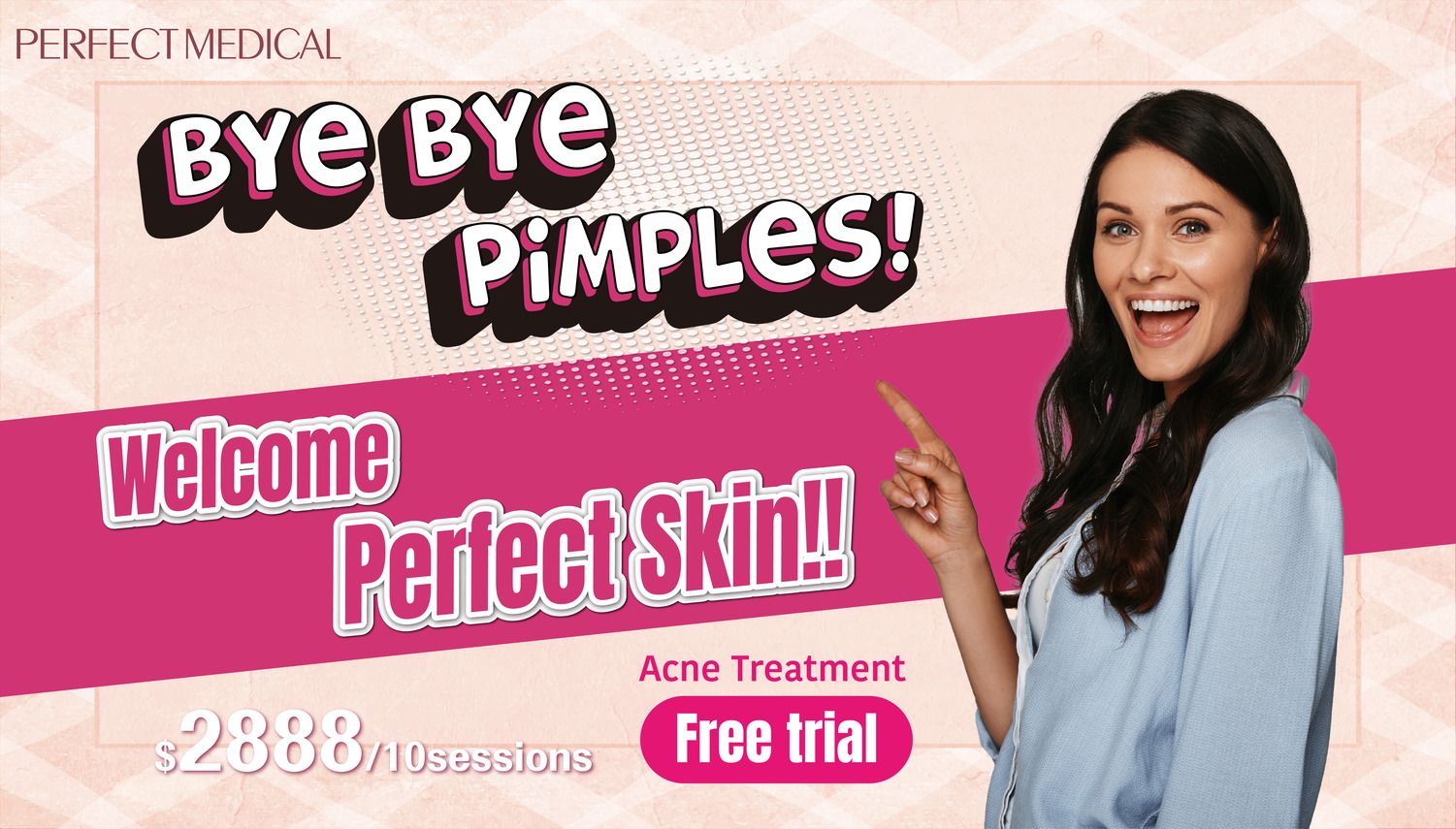
免費體驗
Acne Treatment
1 Minute Self-Registration
Date should not be before minimal date
FAQ

What Are 5 Causes of Acne?
Acne can be triggered by five main causes: hormonal changes, oily skin, slow skin cell turnover, certain medical conditions, and medications like corticosteroids and lithium, can stimulate oil glands.
What Are All the Types of Acne?
There's comedones, papules, pustules, nodules, cystic acne, and nodulocystic acne, each with unique characteristics and challenges.
How long does it take for pimple treatments to work?
Pimple treatments usually take about 4 to 6 weeks to show improvement. For some, it may take several months of consistent use to see significant results, especially for moderate or severe acne.
What are the common side effects of pimple treatments?
Common side effects include dryness, redness, and peeling, especially with topical treatments like benzoyl peroxide or retinoids. These effects usually subside as your skin adjusts.
What should I avoid when treating pimples?
Avoid touching your face, popping pimples, and using harsh skincare products. These actions can irritate the skin, spread bacteria, and worsen acne vulgaris.






